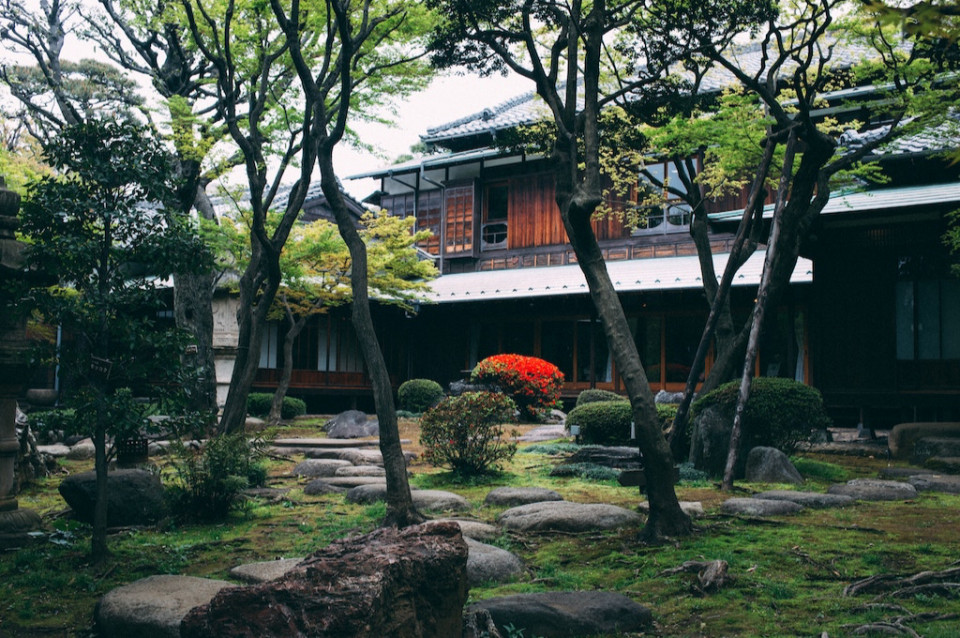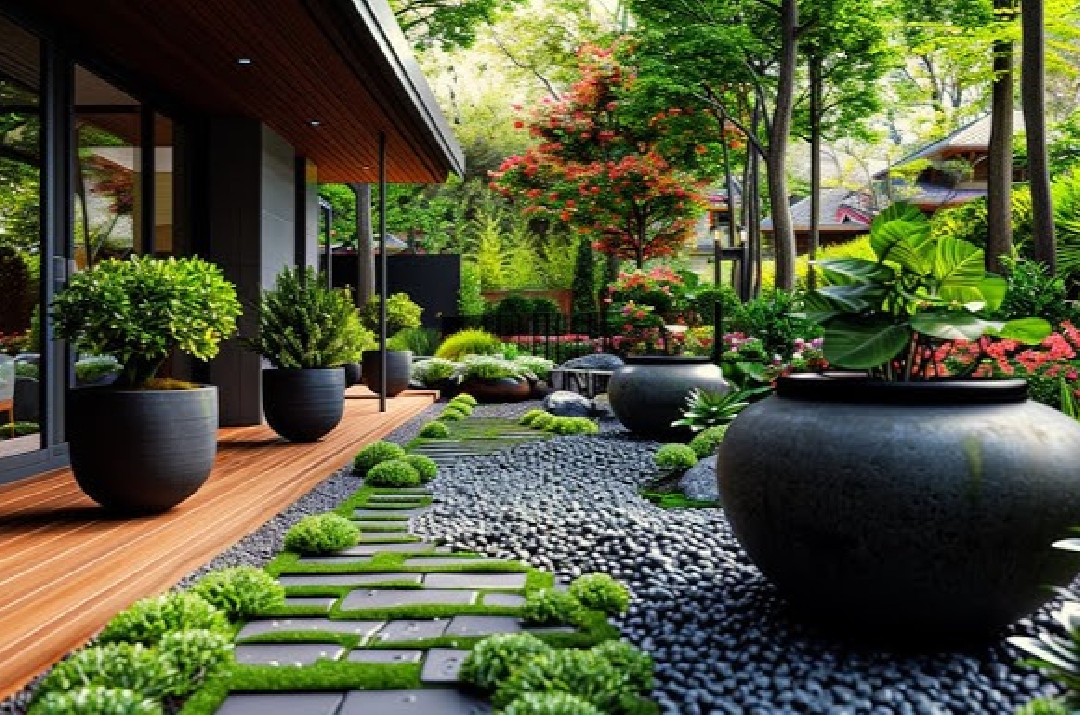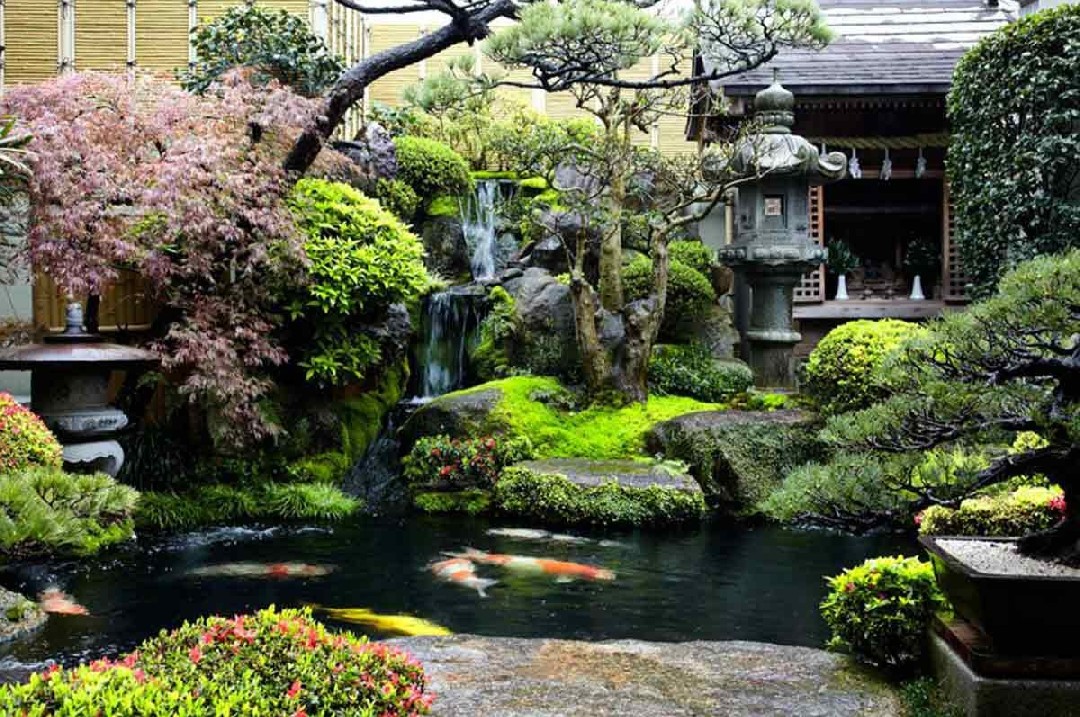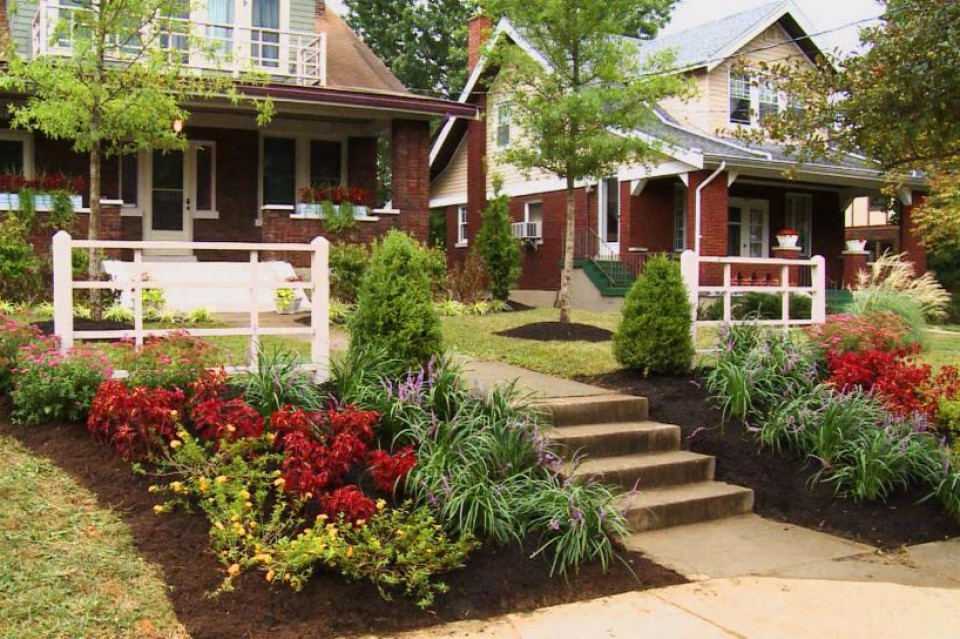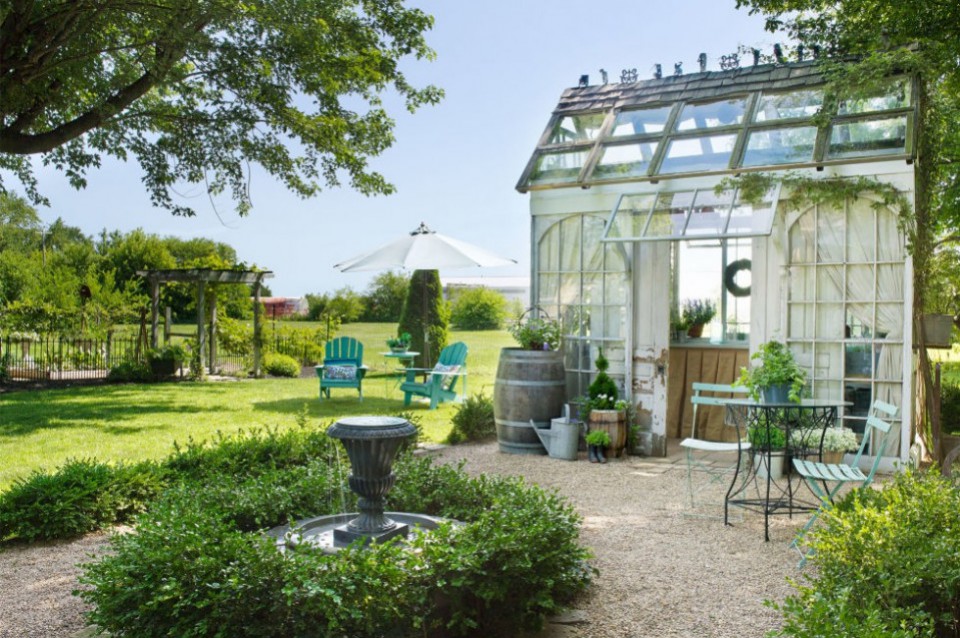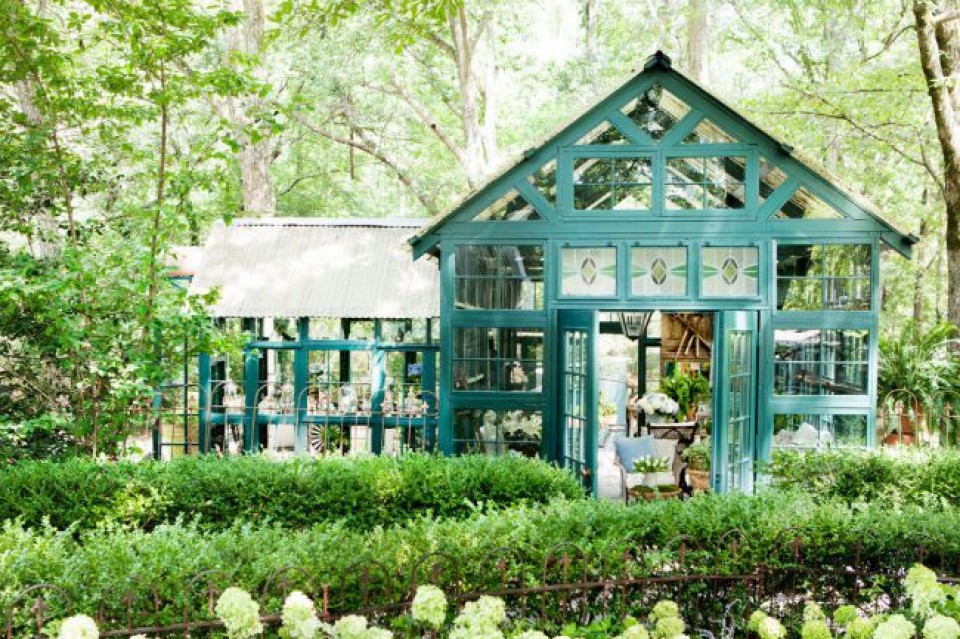Tips on Maintaining Your Home's Landscape to Keep It Beautiful and Fresh

A well-maintained landscape not only adds to the visual appeal of your property but also offers a myriad of benefits for your well-being. From improving the quality of the air you breathe to providing a relaxing space that soothes the mind, the green oasis in front of your house is worth taking care of. However, the beauty and freshness of this landscape do not come by themselves. Regular and proper care is needed for the natural elements you have arranged to continue to thrive and be pleasing to the eye.
This article is your complete guide to maintaining your home's landscape to keep it beautiful and fresh. We will discuss various aspects of care, from the most basic things like watering to solutions for problems that may arise.
Watering Plants: Providing the Right Drink

Just like humans, plants also need adequate water intake to survive and grow well. However, the water requirements of each type of plant vary. Some plants like moist soil, while others are more resistant to dry conditions.
To ensure that your plants get the right amount of water, here are a few things you can do:
- Know the type of plant: The first important step is to identify the type of plants you have in your home landscape. Usually, information on water requirements is provided on the label when you purchase the plant.
- Observe soil conditions: In addition to the type of plant, soil conditions also affect the frequency of watering. Clay soil tends to retain water for longer, while sandy soil will dry out more easily. Check the soil moisture with your finger. If one knuckle feels dry when inserted into the soil, it's time to water.
- Adapt to the weather: Weather factors such as season and rainfall also need to be considered. Generally, plants need more water during the dry season and when the weather is hot.
- Water at the right time: The best time to water plants is in the morning before the hot sun comes out. This avoids excessive water evaporation. Avoid watering plants during the day when the sun is hot, as water evaporates more easily and is not absorbed optimally by the plant roots.
- Pay attention to the watering method: Water the plants until water flows out of the pot or seeps into the soil. Avoid wetting only the surface of the soil. Drip irrigation can be an effective and water-saving solution, especially for large garden areas.
Fertilization: Nutrients for Growth

In addition to water, plants also need nutrients to grow healthy and strong. These nutrients can be obtained from fertilizers. However, as with watering, fertilization also needs to be done correctly to be beneficial and not have a negative impact on plants. Here are a few things to consider when fertilizing:
- Choose the right type of fertilizer: There are various types of fertilizers available on the market, each with different functions and nutrient contents. Choose a fertilizer that is suitable for the type of plant you have. For example, ornamental plants generally need a fertilizer with a higher nitrogen content to support leaf growth, while plants grown for their flowers need a fertilizer with a higher phosphorus content.
- Pay attention to the dosage and timing: Follow the fertilizer application instructions on the packaging. Over-fertilizing can be harmful to plants. The best time to fertilize plants is in the morning or evening when the weather is cool.
- Consider organic fertilizers: In addition to chemical fertilizers, you can also use organic fertilizers. Organic fertilizers, such as compost or manure, are more environmentally friendly and can help improve soil structure.
Pruning: Maintaining Shape and Stimulating Growth

Pruning plants is not only done to keep the plants looking neat, but it is also beneficial for stimulating new shoot growth and improving overall plant health. Here are a few things to keep in mind when pruning:
- The right pruning tools: Use sharp and clean pruning tools to prevent damage to plant stems.
- The right pruning time: The ideal pruning time depends on the type of plant. As a general guide, light pruning can be done regularly throughout the year, while major pruning should be done when the plant is not actively flowering or fruiting.
- Pruning techniques: Learn the proper pruning techniques for the type of plant you have. Improper pruning can have a negative impact on plant growth.
Weeding: Controlling Growth Inhibitors
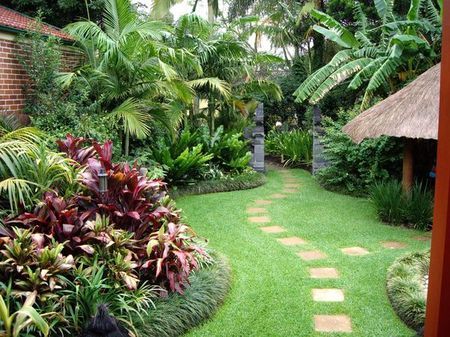
Weeds or wild plants that grow among your ornamental plants can disrupt the aesthetics of the landscape and also compete with cultivated plants for water and nutrients. Therefore, weeding needs to be done regularly.
- Manual weeding: For small areas, weeding can be done manually by pulling them out directly from the roots. Weeding is best done when the soil is still moist so that weeds are easy to remove.
- Weeding using tools: For large areas, you can use special weeding tools or a small hoe.
- Herbicides as an alternative solution: Herbicides or weed killers can be an alternative solution to control stubborn weeds. However, it must be used carefully and according to the instructions so as not to damage your ornamental plants.
Garden Cleaning: Maintaining Beauty and Health
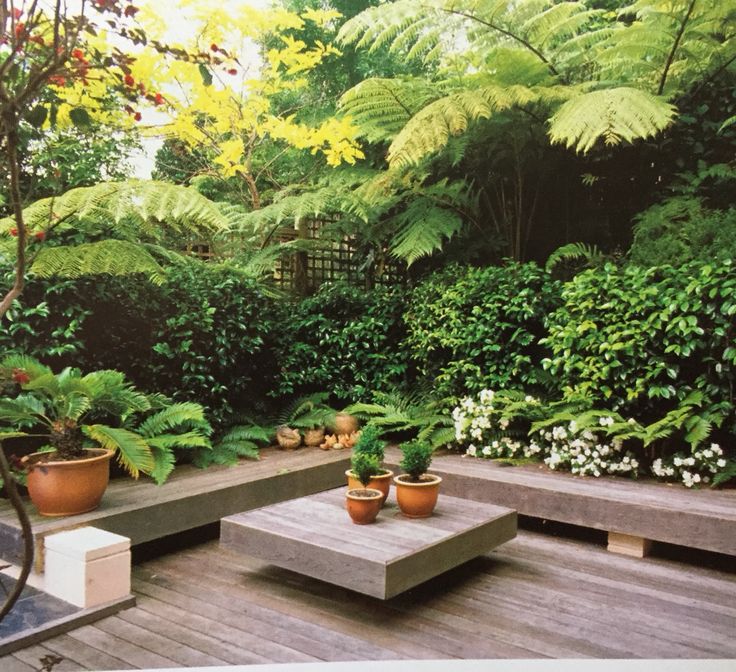
In addition to weeding, garden cleanliness also needs to be maintained. Here are the things to consider in terms of garden cleanliness:
- Garbage collection: Dispose of leaf litter, twigs, or other garbage that is scattered in the garden area. Garbage that piles up not only disturbs the view but can also become a breeding ground for pests and diseases.
- Sweeping leaves: Sweep fallen leaves periodically. This helps prevent the accumulation of leaves which can impede air circulation and soil moisture.
- Pest and disease control: Remove or burn plant parts that are affected by pests or diseases to prevent them from spreading to other plants.
Hardscape Maintenance: Maintaining Function and Aesthetics

A home landscape usually consists not only of plants but also hardscape elements such as patios, walkways, fences, and walls. These hardscape elements also need to be properly maintained to function optimally and add to the overall beauty of the landscape.
- Regular cleaning and maintenance: Clean hardscape elements regularly from moss, dust, or other dirt. Adjust the cleaning method to the type of hardscape material. For example, cleaning a ceramic patio can be done by mopping, while cleaning a wooden fence requires special care to prevent the wood from rotting.
- Damage repair: Immediately repair any damage to hardscape elements, such as cracks in walls or loose paving blocks. Damage that is left unattended can get worse and disrupt the function or aesthetics of the landscape.
Consulting with an Expert: Help for a Better Landscape
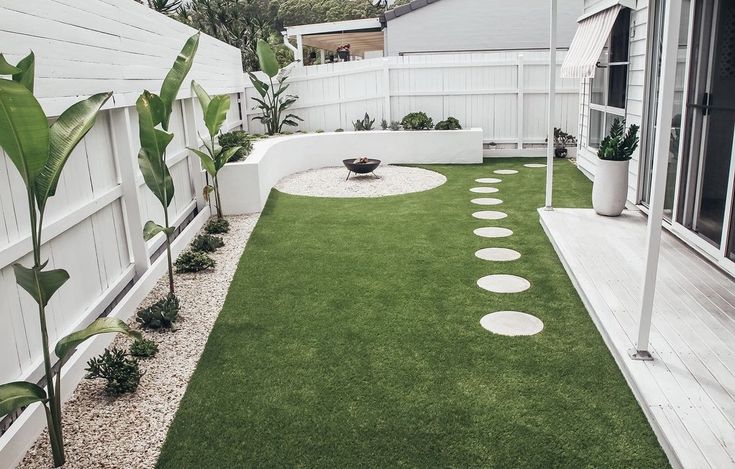
Maintaining a home landscape can sometimes be challenging, especially for beginners. If you feel kesulitan or unsure of the right way to care for your landscape, don't hesitate to consult a landscape expert. They can provide advice and recommendations that are tailored to your landscape conditions. Landscape experts can help you with:
- Plant selection: Landscape experts can help you choose the right types of plants for your climate, maintenance needs, and landscape design concept.
- Landscape layout: Landscape experts can help you arrange and place plants for a more aesthetic and functional look.
- Problem solving: Landscape experts can help you identify and solve problems that arise with plants, such as pests, diseases, or nutrient deficiencies.
Additional Tips for a Healthy and Beautiful Landscape
1. Mulch: Using mulch such as wood chips, straw, or coconut coir around the base of plants can help maintain soil moisture, prevent weed growth, and keep soil temperature stable.
2. Potted and Hanging Plants: Utilize potted and hanging plants to add variety and beauty to the landscape, especially in limited areas.
3. Compost: Make compost from food scraps and dried leaves to use as an environmentally friendly and nutrient-rich organic fertilizer.
4. Rainwater Utilization: Utilize rainwater to water plants by installing a rainwater collection system. This is a cost-effective and environmentally friendly way.
5. Garden Lighting: Use energy-efficient garden lights to enhance the beauty of the landscape at night and create a comfortable atmosphere.


